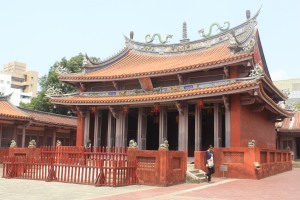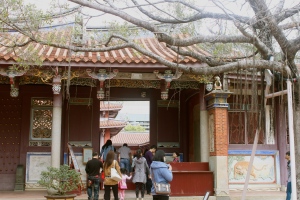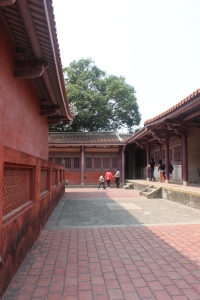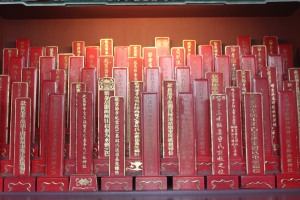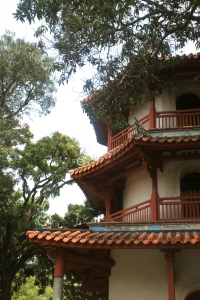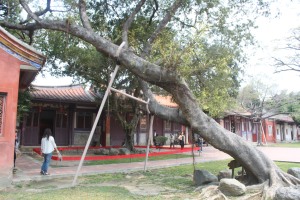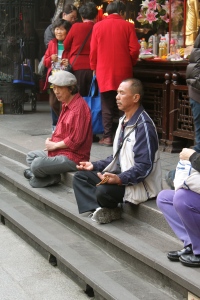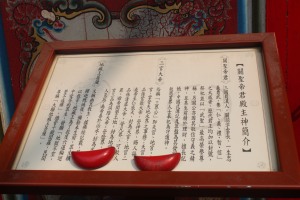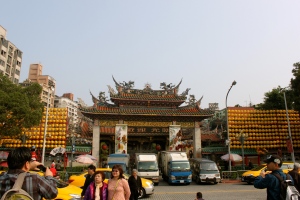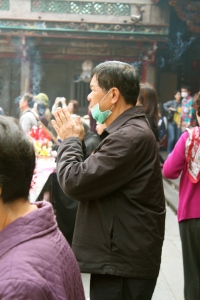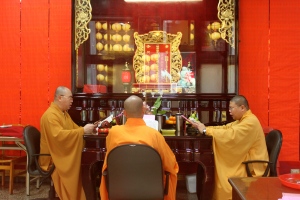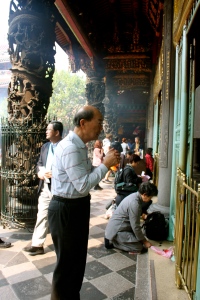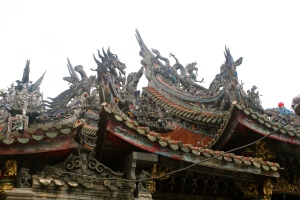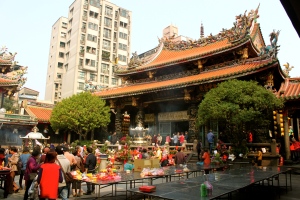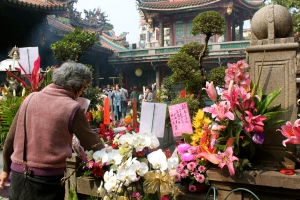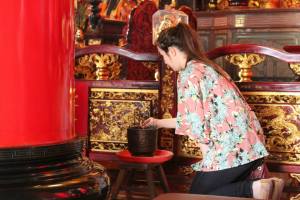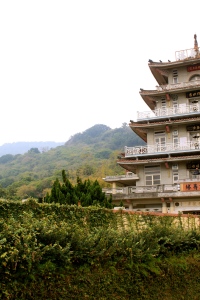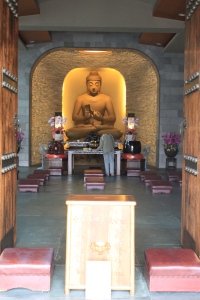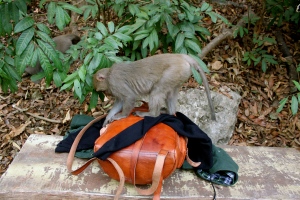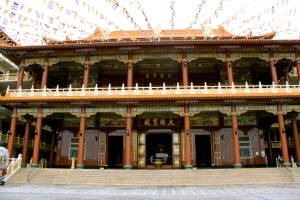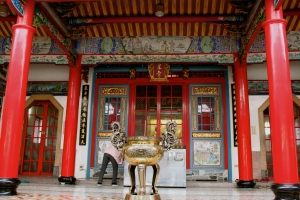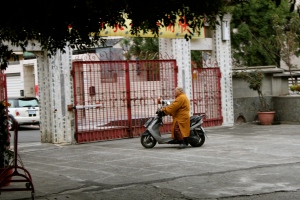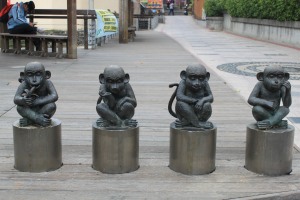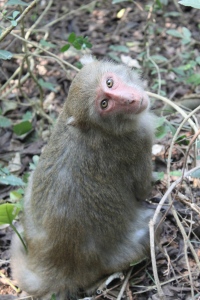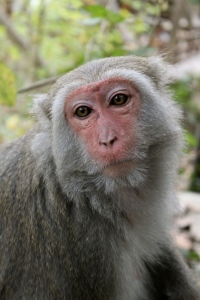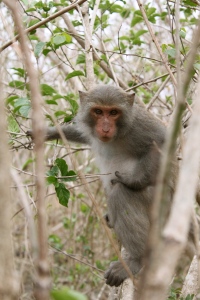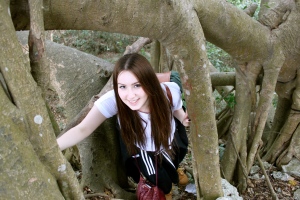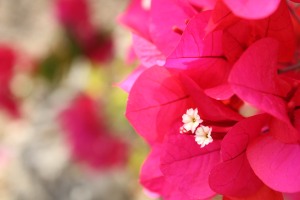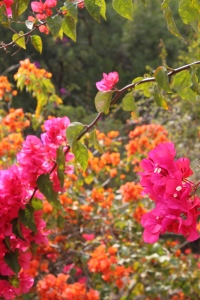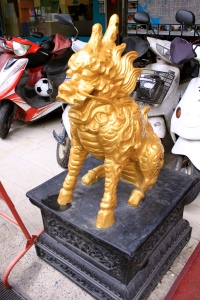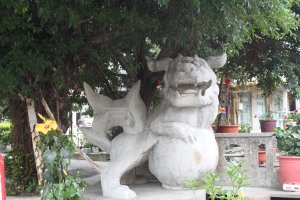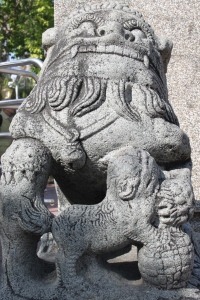Built in 1665, this temple has been used as a place for thought for Confucius followers, for educating tourists, a military barracks during the Japanese occupation and as a public school. If the walls could talk they would have much to say but the mere vastness of historic events this temple has lived through alone, amount to more than just a few stories to tell.
In 1655 the temple was built in the center of the Wen Miao compound but by 1712 it was already in dire need of a major renovation; this was followed through by the Taiwan chief administrator Chen Ping. In 1887 the temple saw Taiwan establish itself as a province and later in 1895 then be taken under control of the Japanese. It was under Japan’s rule when the Wen Miao was used as military barracks for some time and then a school. By the time the Japanese had left, the temple had suffered severe damage. The most damaged parts were taken down and rebuilt alongside other large-scale renovations throughout the compound, which is what you see today.
Although intrigued by the vast history of the temple, at first I was unsure what to think. Something in the atmosphere felt quite cold and empty. Confucius temples tend to be much more modest than Taoist temples. They are usually painted simply, are very neat and organized and have a serene and spiritual feeling to them.
I’m not entirely sure why, maybe it’s because I’m used to the elaborate, bright coloured, bustling Taoist temples that I’ve been to so far, but there was something quite harsh and strict about this temple. The cabinets of old instruments and traditional dress were beautiful and the descriptions very interesting but I Just couldn’t get that impression out of my head.
However, my mind did change slightly when I ventured into the gardens and saw the pagoda. Everything is so precise here and although this made me feel slightly uneasy, it did make for a beautifully constructed garden.
One thing I did adore which softened my thoughts about the temple was that a trees roots had grown so big they had pushed the tree up and out of the ground and it was now beginning to fall over. Instead of chopping it down, they have made two giant tree sized crutches to support the two heaviest branches.

